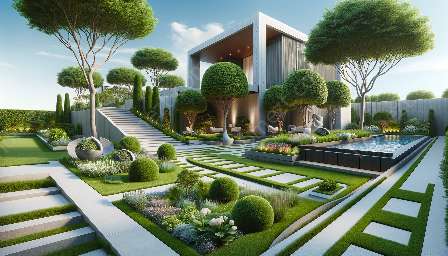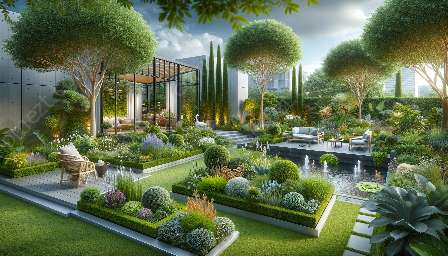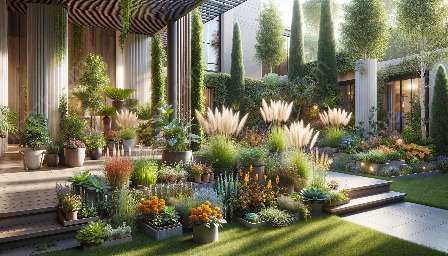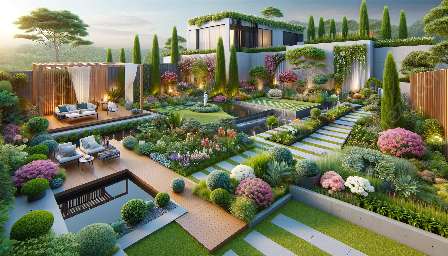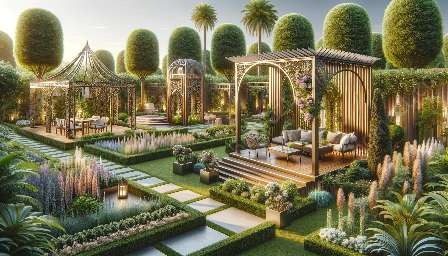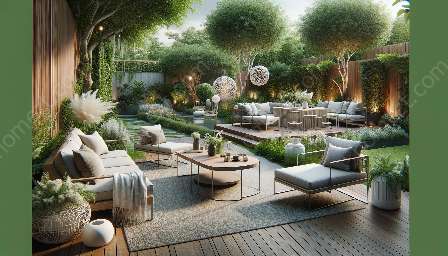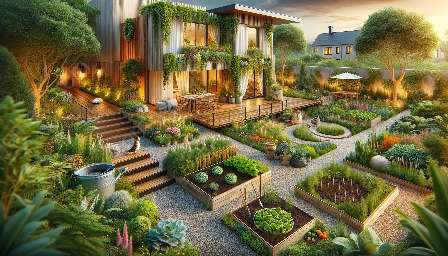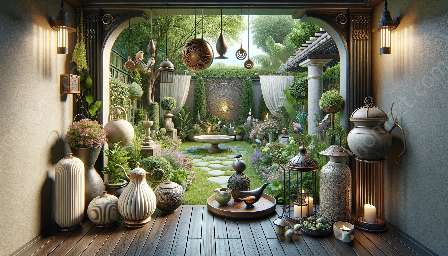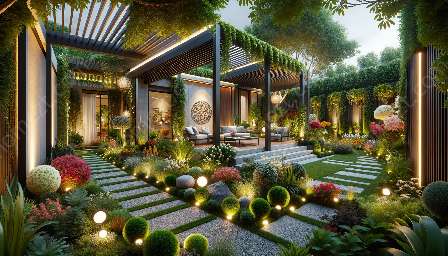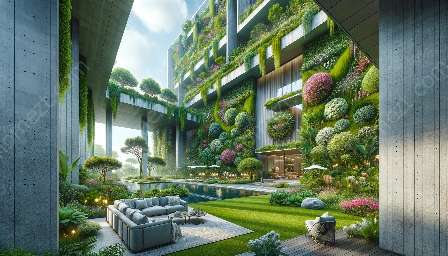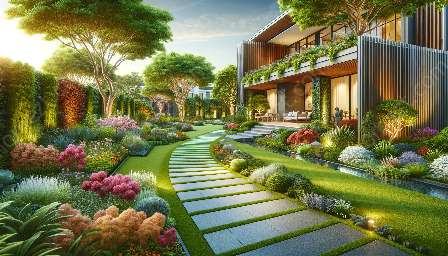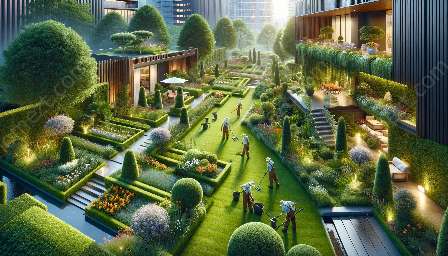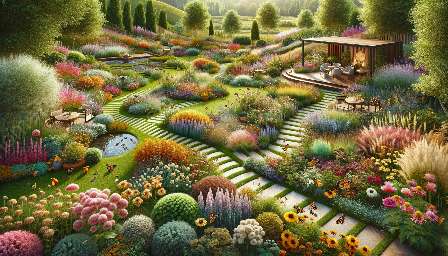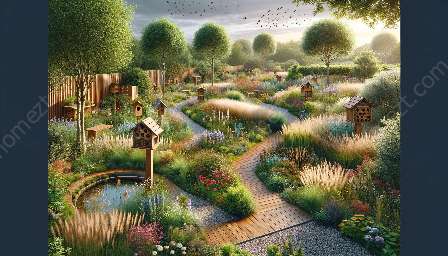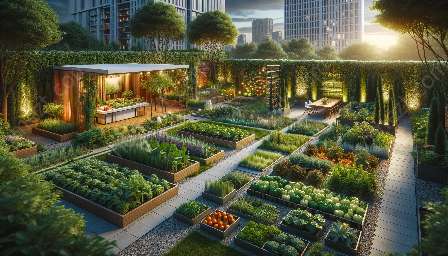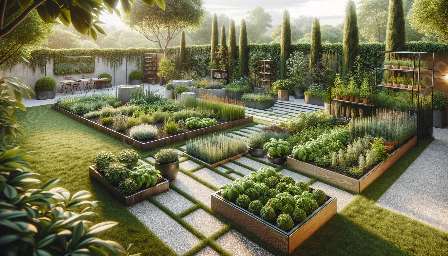A well-designed garden not only beautifies your home but also plays a vital role in supporting local ecosystems. One way to achieve this is by creating a pollinator garden, a beautiful and sustainable way to attract and support essential pollinators such as bees, butterflies, and birds. Let's explore the fascinating world of pollinator gardens and understand how to incorporate them into your garden design and home furnishings.
The Importance of Pollinator Gardens
Before diving into the design and selection of plants, it's essential to understand the significance of pollinator gardens. Pollinators play a critical role in the reproduction of many flowering plants, including fruits, vegetables, and nuts. By facilitating the pollination process, they contribute to biodiversity and food production. However, pollinators, particularly bees, face significant threats due to habitat loss, pesticide use, and climate change. Creating pollinator gardens can provide a safe haven and help support their populations.
Designing Your Pollinator Garden
When incorporating a pollinator garden into your overall garden design, consider the following key elements:
- Native Plants: Choose a variety of native plants that provide nectar, pollen, and habitat for local pollinators. Native plants are well-adapted to the local climate and soil conditions, making them low-maintenance and beneficial for pollinators.
- Diversity of Flowers: Create a succession of blooming flowers throughout the growing season to provide a consistent food source for pollinators. Include a mix of colors, shapes, and sizes to attract a wide range of pollinator species.
- Water Source: Consider adding a small water feature, such as a birdbath or shallow dish, to provide drinking and bathing opportunities for pollinators.
- Shelter and Nesting Sites: Incorporate flowering shrubs, trees, and nesting materials to provide shelter and nesting sites for pollinators. Wooden bee houses and rock piles can also create habitat for solitary bees and other pollinating insects.
Plant Selections for Pollinator Gardens
When choosing plants for your pollinator garden, focus on those that are known to attract and support pollinators. Here are some popular options:
- Lavender (Lavandula spp.): Known for its fragrant blooms, lavender is a favorite of bees and butterflies, attracting them with its abundant nectar.
- Milkweed (Asclepias spp.): Essential for monarch butterflies, milkweed provides nectar and serves as the sole host plant for their larvae.
- Coneflowers (Echinacea spp.): These hardy perennials produce nectar-rich flowers that are irresistible to bees and other pollinators.
- Salvia (Salvia spp.): With its tubular flowers, salvia is a magnet for hummingbirds and certain bee species.
- Wild Bergamot (Monarda fistulosa): Also known as bee balm, this plant is sought after by bees, butterflies, and hummingbirds due to its showy blooms and abundant nectar.
Integrating Pollinator Gardens with Home Furnishings
Now that your pollinator garden is flourishing, consider how to incorporate its vibrant beauty into your home furnishings. Here are some ideas to seamlessly blend nature and design:
- Outdoor Seating Area: Arrange a cozy seating area amidst your pollinator garden to enjoy the sights and sounds of visiting pollinators. Adorn your outdoor space with comfortable and stylish furniture that complements the natural surroundings.
- Garden-themed Decor: Enhance your home's interior with garden-themed decor such as floral prints, botanical artwork, and nature-inspired textiles. These elements can echo the beauty of your pollinator garden while bringing a touch of the outdoors inside.
- Botanical Home Accents: Introduce botanical elements into your home furnishings, such as throw pillows featuring floral motifs, vases filled with freshly cut flowers from your garden, and botanical-themed rugs or curtains.
Conclusion
Creating a pollinator garden not only adds visual appeal to your outdoor space but also contributes to the well-being of local pollinators and the environment. By carefully designing your garden, selecting the right plants, and integrating its beauty into your home furnishings, you can make a positive impact while enjoying the natural splendor of a thriving ecosystem right in your own backyard.

